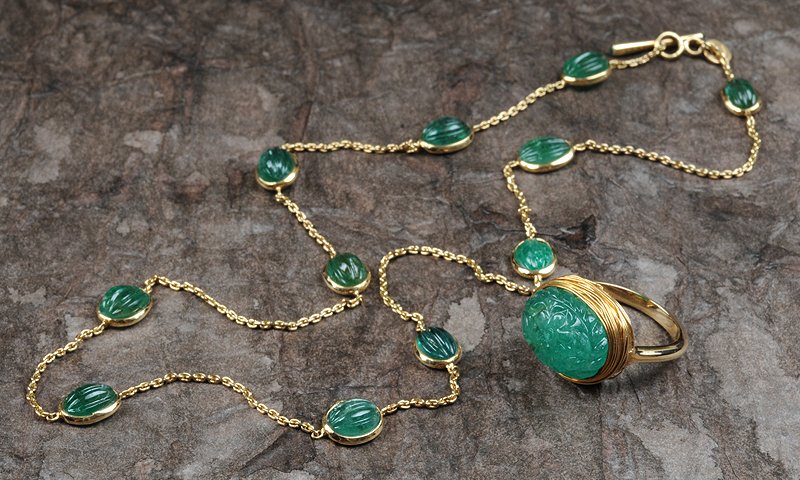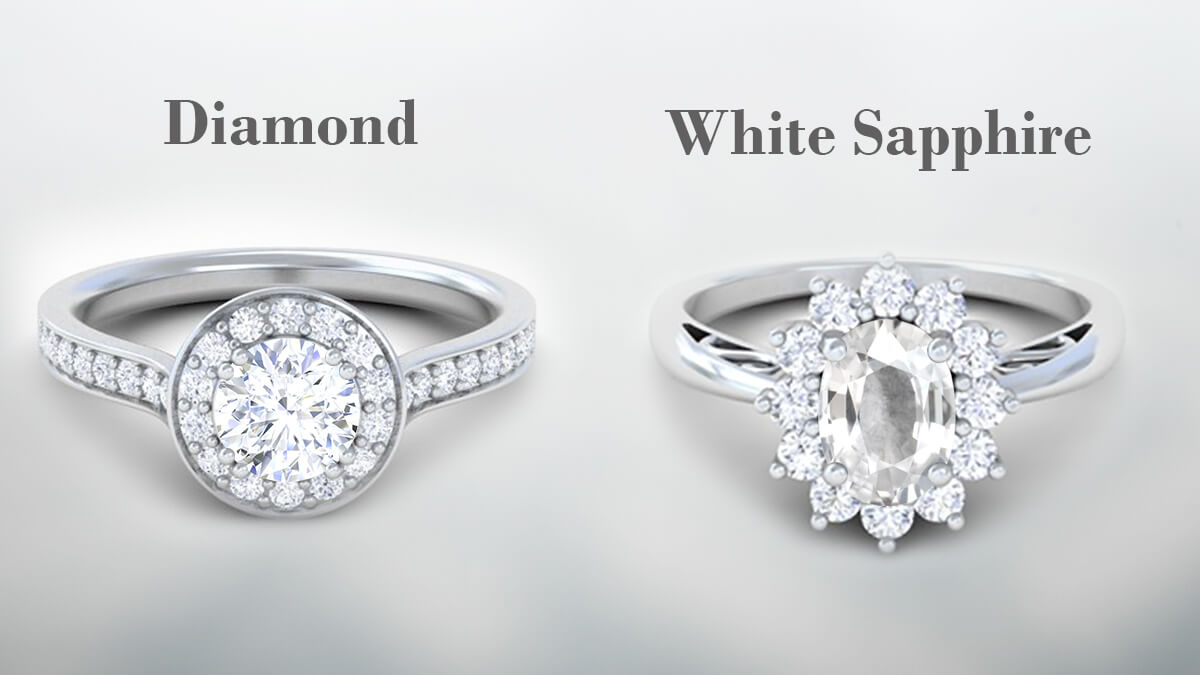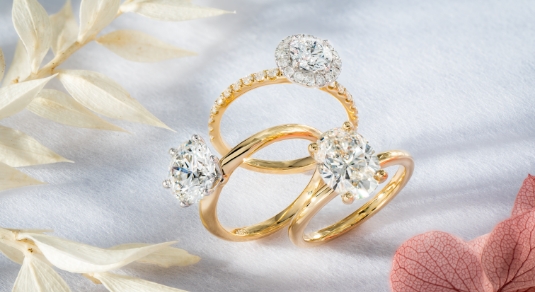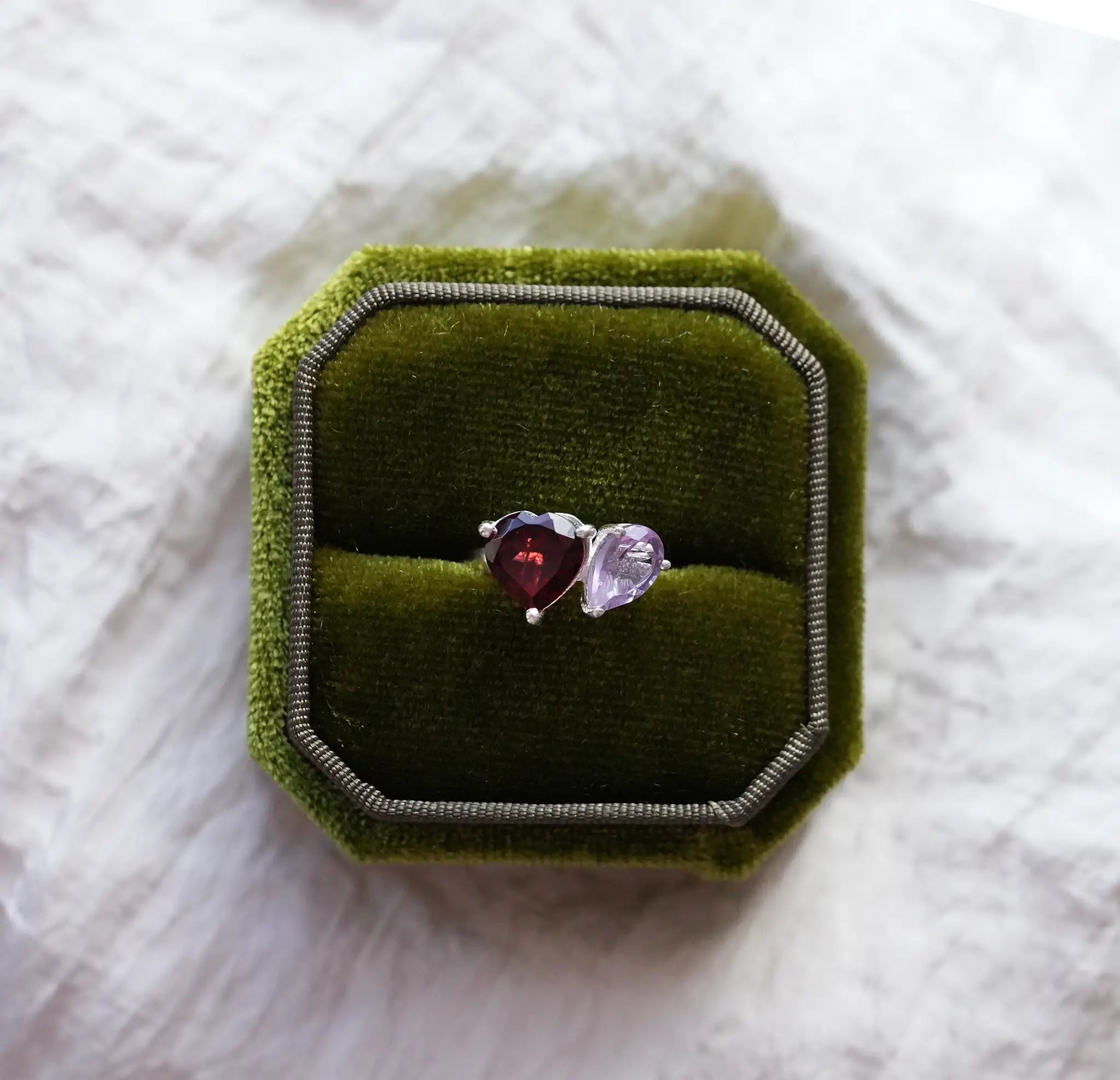When it comes to engagement rings, lab-grown diamonds have gained significant popularity due to their eco-friendly and ethical attributes. However, one of the most critical factors in showcasing these beautiful diamonds is the setting. Claws for lab grown diamond rings play a vital role in both the security and aesthetic appeal of the ring. This article explores the importance of claws for lab grown diamond rings, how they enhance the overall design, and the options available for those seeking a secure and stunning way to display their lab-grown diamonds.
The Role of Claws in Lab Grown Diamond Rings
Claws for lab grown diamond rings serve a dual purpose: they secure the diamond in place and enhance the visual appeal of the piece. The “claws” are the prongs that hold the diamond in the setting, and their primary function is to ensure that the diamond remains stable and secure. Without proper claws, a diamond could easily become loose or fall out, risking the loss of the precious gem. With claws for lab grown diamond rings, customers can be confident that their lab-grown diamonds are held securely while also showcasing the brilliance and sparkle of the stone.
Different Types of Claws for Lab Grown Diamond Rings
There are several types of claws for lab grown diamond rings, and each one provides a distinct look and level of security. The most common claw types include the standard prong, the V-prong, the claw setting, and the bezel setting. Each of these designs is crafted to hold the lab-grown diamond firmly while also offering a unique aesthetic to match the wearer’s preferences.
Standard prongs are the most popular choice for claws for lab grown diamond rings, as they feature four or six prongs that gently grip the diamond at the edges. These prongs provide ample security while allowing maximum light to enter the diamond, which enhances its brilliance. V-prongs, on the other hand, are shaped like a “V” and are often used for pear-shaped or marquise diamonds. These claws for lab grown diamond rings help stabilize the diamond while also providing a unique look. Bezel settings are another option where the diamond is encircled by a metal rim, providing a modern and secure design, though they may not allow as much light to enter the stone as prongs do.
Why Claws for Lab Grown Diamond Rings Matter
Claws for lab grown diamond rings are essential for both the security and the presentation of the stone. When choosing a setting for a lab-grown diamond, it is crucial to select a design that holds the diamond securely without obstructing its brilliance. Without proper claws for lab grown diamond rings, a diamond could become loose or may not display its full beauty. Furthermore, claws can also help protect the edges and corners of the diamond, preventing chips and damage. The choice of claws for lab grown diamond rings is essential for those who want to make sure their diamonds stay in place and continue to sparkle for years to come.
The Benefits of Using Claws for Lab Grown Diamonds
One of the key advantages of claws for lab grown diamond rings is their ability to secure the diamond while maintaining the stone’s natural beauty. Unlike other types of settings, prong claws leave the diamond exposed, allowing light to reflect off the surface and through the stone. This increases the diamond’s brilliance and enhances its sparkle. Additionally, claws for lab grown diamond rings are an affordable way to achieve a secure and attractive setting for lab-grown diamonds, making them a popular choice for engagement rings and other fine jewelry.
Another benefit of using claws for lab grown diamond rings is that they are versatile and can be customized to suit different diamond shapes. Whether the diamond is round, square, oval, or any other shape, there are claw settings designed to fit the stone perfectly. This flexibility ensures that claws for lab grown diamond rings can be used with various diamond shapes and sizes, providing both security and style for every piece.
Durability and Longevity of Claws for Lab Grown Diamond Rings
The durability of claws for lab grown diamond rings is another key consideration when selecting a setting. The prongs that hold the diamond need to be sturdy enough to ensure that the diamond stays securely in place over time. High-quality materials such as platinum, gold, or white gold are commonly used for creating durable and long-lasting claws. These materials ensure that the claws will not wear down or become weak over time, providing continued protection for the lab-grown diamond.
Additionally, claws for lab grown diamond rings are designed to withstand everyday wear and tear. While it is always advisable to take care of jewelry, especially engagement rings, a well-crafted set of claws can keep a diamond secure even during daily activities lab created diamonds. Regular maintenance, such as checking the prongs for any signs of loosening or damage, can help ensure that the claws remain effective in protecting the diamond for many years.
Customizing Claws for Lab Grown Diamond Rings
For those who want a more personalized touch, claws for lab grown diamond rings can also be customized to suit individual tastes. Jewelry designers can create unique claw settings that complement the design preferences of the wearer. For example, some customers may prefer a more delicate claw design that enhances the femininity of the ring, while others might opt for a bold and modern look with thicker claws. Customizing claws for lab grown diamond rings allows for a more individualized and personal approach to the ring’s design, making it truly one-of-a-kind.
The Cost of Claws for Lab Grown Diamond Rings
While claws for lab grown diamond rings are generally an affordable option compared to other settings, the cost can vary depending on the material used and the complexity of the design. Platinum and white gold are typically more expensive than yellow gold, so the choice of metal for the claws will affect the overall price of the ring. Additionally, custom-designed claws may increase the cost of the setting. However, regardless of the cost, investing in high-quality claws for lab grown diamond rings is essential for ensuring the longevity and security of the diamond, making it a worthwhile investment for many buyers.
Conclusion
In conclusion, claws for lab grown diamond rings play a crucial role in both the security and visual appeal of the piece. Whether you are choosing a traditional prong setting, a modern bezel design, or something custom-made, the claws ensure that the diamond stays in place and shines brightly. The right choice of claws not only provides peace of mind by securely holding the diamond but also enhances the overall aesthetic of the ring. When selecting claws for lab grown diamond rings, it is important to consider the durability, material, and design to ensure that the ring remains a beautiful and lasting symbol of love and commitment.






